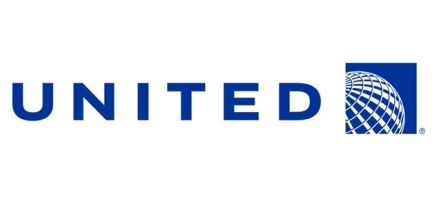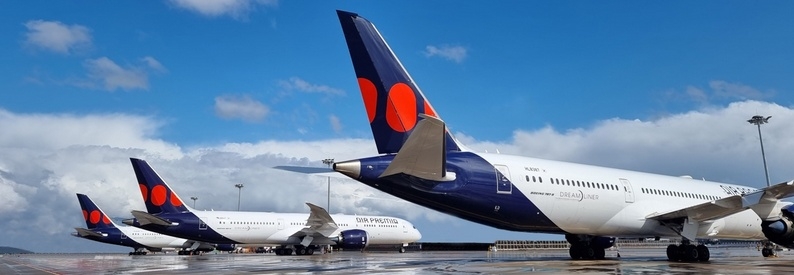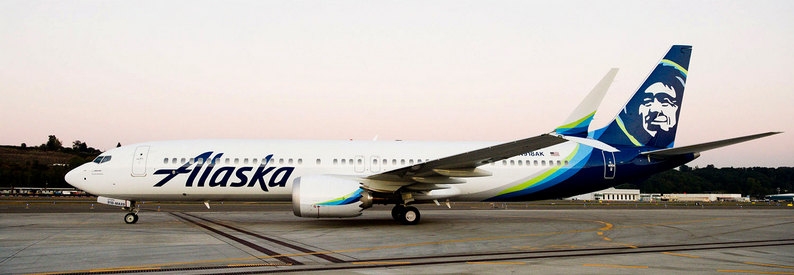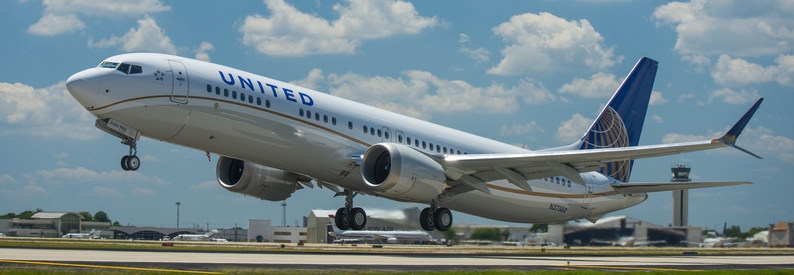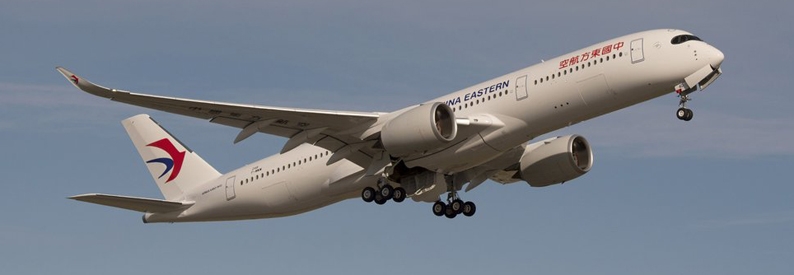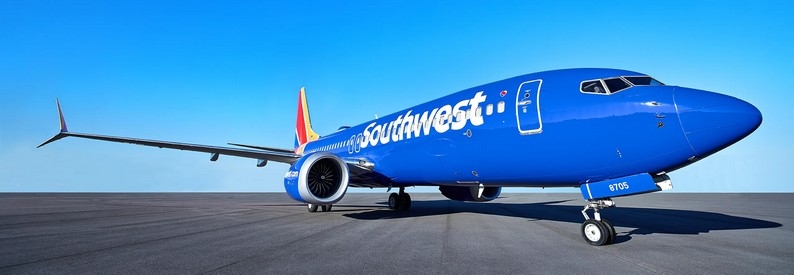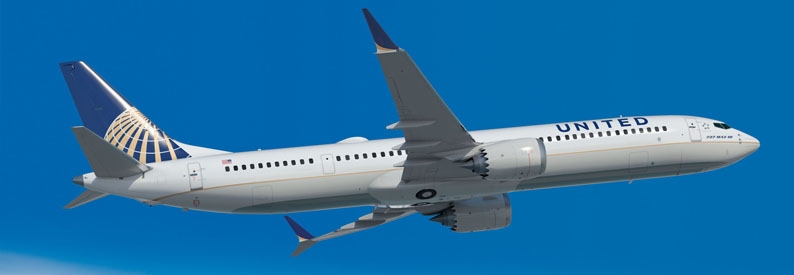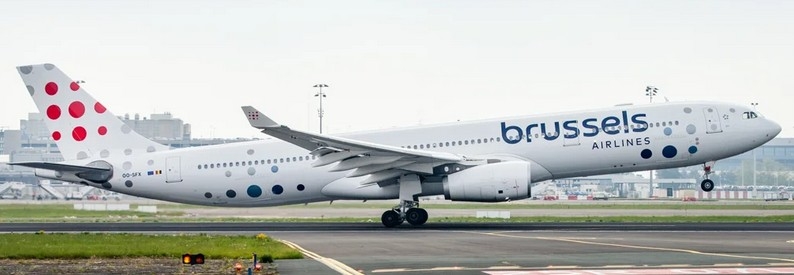United Airlines (UA, Chicago O'Hare) announced that due to the “significant production capacity constraints on Boeing”, it anticipates only 61 narrowbody and five widebody aircraft to be delivered in 2024, down from the original 191 contracted deliveries and the 109 (both narrow- and widebody) that were expected at the beginning of the year.
The carrier also made changes to its fleet plan for 2025 through 2027. During the quarter, United converted a portion of its B737-10 orders to B737-9s, and maintained the right to convert more MAX 10s into either MAX 8s or MAX 9s as needed, as the company copes with the quality issues the US manufacturer is currently facing, as well as some self-inflicted issues which have caught the attention of the US Federal Aviation Administration. Additionally, it has agreed to letters of intent with two lessors to lease 35 new Airbus A321-200neo with CFM International engines, expected in 2026 and 2027.
"Due to these fleet changes, we now expect full-year 2024 total capital expenditures to be approximately USD6.5 billion, down from USD9 billion at the start of the year [...]. With these changes, we now anticipate taking delivery of approximately 100 narrowbody aircraft on average each year during this three-year period," said Mike Leskinen, United's Chief Financial Officer during the company's investors call.
In its 2023 annual report, United expected to add eight B787-9s, forty-three B737-8s, thirty-four B737-9s, eighty B737-10s, and twenty-six A321-200NX in 2024.
The ch-aviation fleets shows United Airlines has added 11 aircraft so far in 2024, comprising seven B737-8s and four A321-200NX.
Early this year, United Airlines announced the first reduction in expected deliveries for the year after removing the MAX 10 from its internal fleet plan, resulting in 80 fewer aircraft. It also requested Boeing to stop building the MAX 10 and focus on the MAX 9. In early April, ch-aviation reported that United forecasted a reduction in its block hours for the year and offered its pilots voluntary programs in May to reduce excess staffing.
The company reported a USD124 million net loss in the first quarter, including an approximately USD200 million impact from the B737-9 grounding early this year, “without which the company would have reported a quarterly profit.” Alaska Airlines (AS, Seattle Tacoma International), the other US carrier using the MAX 9, recently reported getting USD160 million from Boeing for the grounding.
Southwest Airlines (WN, Dallas Love Field) was also reported expecting a further reduction in the number of B737 MAX deliveries in 2024 from an original of 79 down to about 20.
Fleet plan
United Airlines closed the quarter with a total mainline fleet of 953 aircraft, plus 413 regional planes.
The company’s current fleet plan includes increasing the total mainline fleet to 996 aircraft, by adding B787s, MAX, and A321neo jets. The fleet of 170 A319-100s and A320-200s will be cut to 157 through the year while United's regional fleet is expected to be reduced from 413 to 393 aircraft, with the axe falling on the 50-seaters, like the E145s (operated exclusively by CommuteAir), the CRJ200ERs (operated by SkyWest Airlines), and the CRJ550s (operated by GoJet Airlines).
Nonetheless, due to delivery issues both at Boeing and Airbus, United is currently expecting to fly its existing fleet until end of life, Leskinen said. However "we always have the option, if yields are not strong, to early retire some of those aircraft. It is an economic decision when an aircraft is late in its life to early retire some of those that are less fuel-efficient and very heavy maintenance." The average age of United's fleet is 15.6 years.
